Cube Litening C:68X review
Skinny frontal profile helps reduce drag by 30% and start improvement over its last model
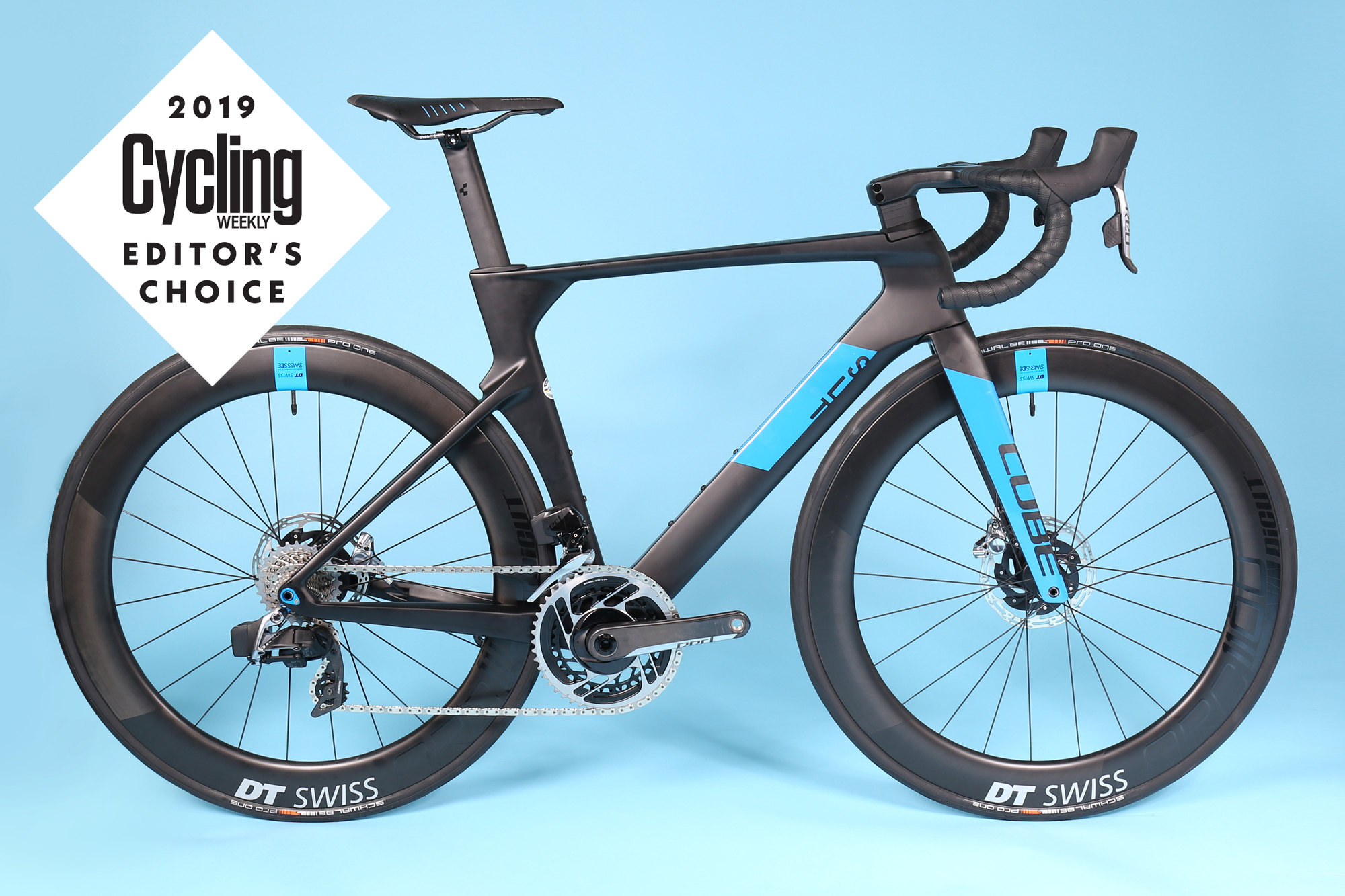
A super improved C68X from Cube means this aero bike is right up there with the best of them in the market, great job Cube.
-
+
Fast
-
+
Agile
-
+
Lightweight
-
-
Limited turning ability
You can trust Cycling Weekly.

The new Cube has been under the knife and the result is a 30% decrease in drag for the new Litening C:68X relative to its 2015 design, meaning a saving of 30 watts. It’s a bike that wants to be ridden fast and because of its improvement, we couldn’t ignore it for this years Editor’s Choice.
As aero bikes go, this is a good one!
Cube says that the new Litening C:68X has been its most labour-intensive bike development to date, involving 1000 hours of computer modelling and over 100 hours of wind tunnel testing to optimise its aerodynamics.
That’s despite borrowing extensively from the knowledge gained in developing the Aerium C:68 time trial bike.
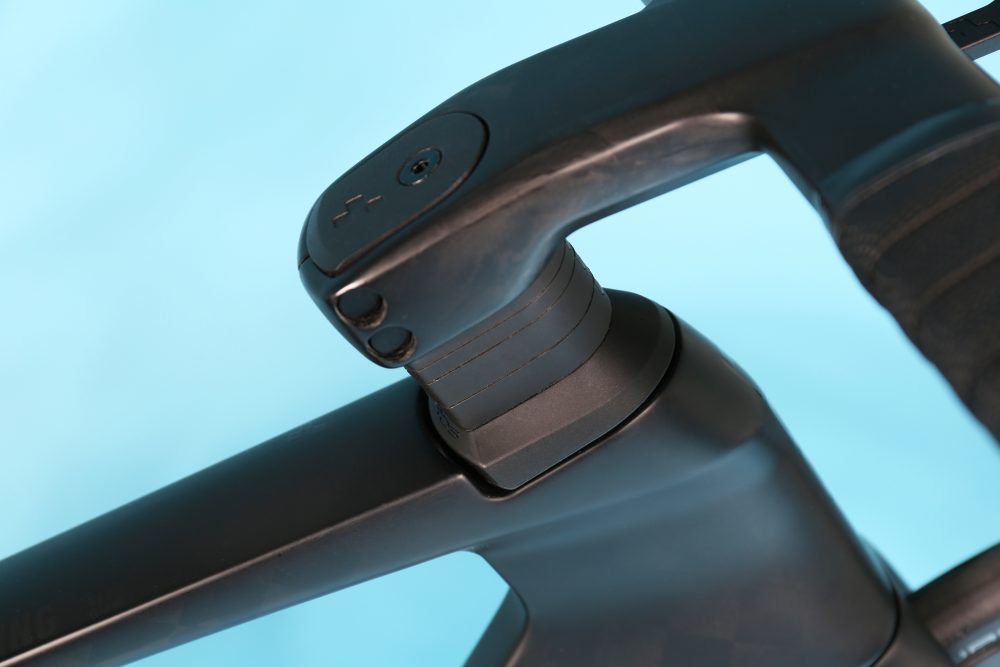
The result, says Cube is a 30% decrease in drag for the new Litening C:68X relative to its 2015 design, meaning a saving of 30 watts. That’s been achieved without excess weight: the frame weight is quoted at 980g for a size 56cm, including the seatpost clamp and the mech hanger.
Cube concentrated on reducing the Litening C:68X’s frontal area, again while skimming the UCI regs. So the head tube, for example, is waisted. And Cube 3D printed many different bar shapes and wind tunnel tested them.
Like many of the latest crop of bikes, including the just-launched Scott Addict RC and Wilier Zero SLR climber’s bikes, Cube has also enhanced its cockpit integration, with a one-piece bar/stem and internal cable routing. With the round section of external cables generating significant drag, it’s an area where there are still aero benefits that manufacturers are now looking to exploit.
Hidden cables normally pass either in front of the headset bearings or through them. But Cube has passed the cables and brake hoses round the sides of the steerer tube, entering the frame behind it. That results in quite a chunky profile to the stem and Cube has included a stop to prevent the bars from rotating too far and damaging the cables.
So far, all of Cube’s Litening C:68X test bikes have been built up with electronic transmissions, either cabled or wireless, including the SRAM Red eTap AXS-equipped bikes that we tested at the launch. But it says that, as with the Scott Addict, there’s enough room to use mechanical cables to the shifters too.
There’s not much point in having an aero cockpit if a bike computer sticks up above it and disrupts the airflow. So Cube has developed its own Garmin mount that positions the computer lower down and out of the airflow. It comes with an adaptor for Wahoo Elemnt computers as well as Garmin units. Plus it’s compatible with K-Edge adapters for Lezyne units and GoPros.
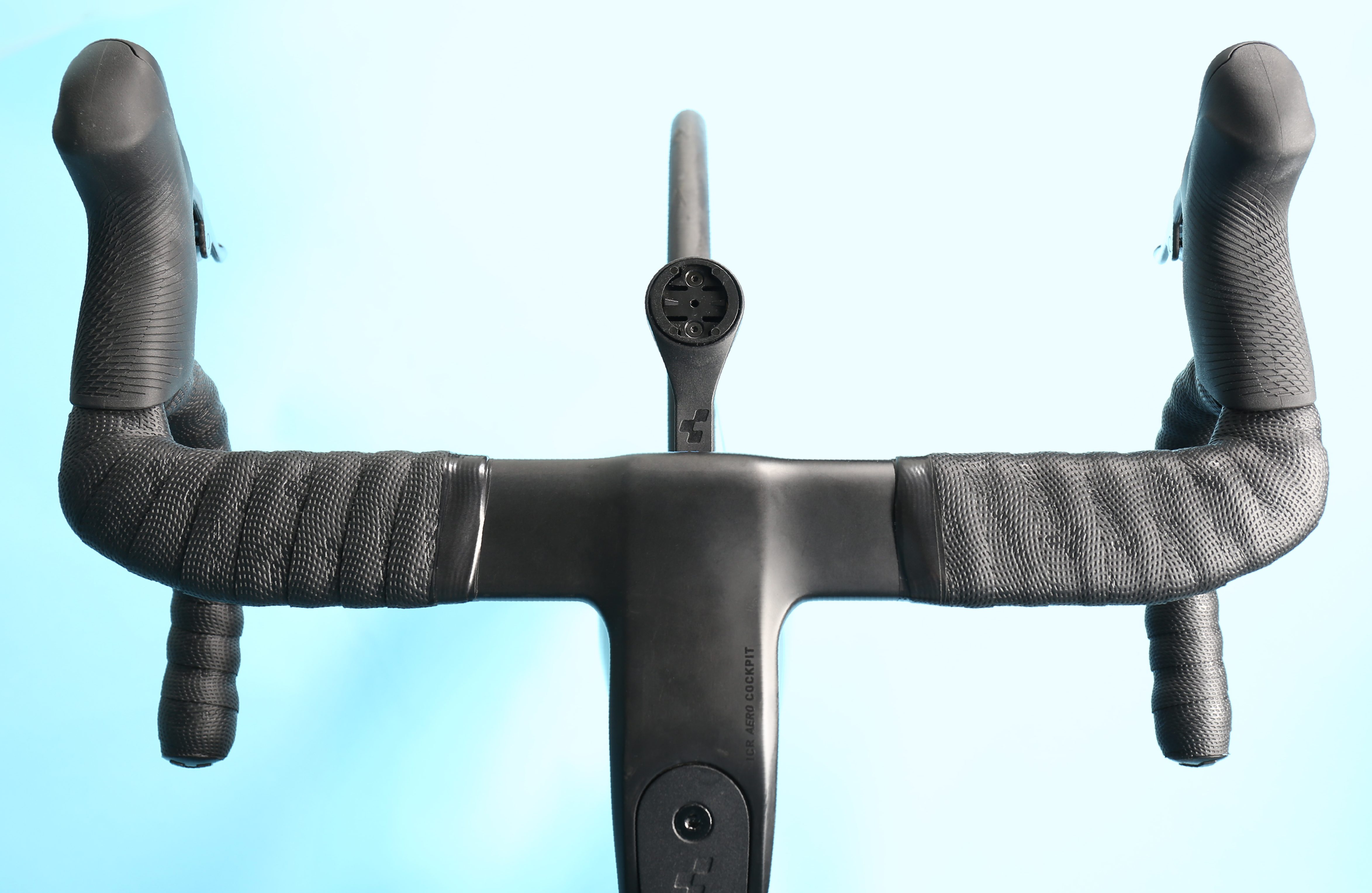
Cube has worked on the Litening C:68X’s seatpost design too. Because of their wider section, aero posts often transmit road buzz and bumps to the saddle. But Cube looked to add compliance, building 20 prototypes to optimise the carbon lay-up while maintaining strength and safety.
Cube has aero tested the Litening C:68X with a range of wheelsets and tyres. There’s clearance for 28mm tyres and some 30mm tyres will fit when paired with some rims.
But it says that it found optimum aerodynamics with narrower front tyres and says that it’s important to preserve the gap between the fork crown and the tyre to keep the aero benefits; when this gap is too narrow, additional turbulence and drag ensue. Running a wider rear tyre doesn’t impact aerodynamics though.
Riding the Cube Litening C:68X
It’s a bike that wants to be ridden fast. Hitting the gas on flat rides the bikes easily hits a 40kph speed, that isn’t usually my bad when it comes to riding bikes. This certainly felt like the Litening’s natural environment, unlike its predecessor, which would have been a little laboured at such speeds on fast flat roads.
I liked the wide, flat tops of the aero bars; they’re comfortable to rest your hands on, distributing pressure well. Although the stop on the bar rotation feels disconcerting when you’re stationary, in practice it doesn’t affect manoeuvrability when riding, unless you’re planning to track stand or try some other low speed tricks.
Around where I ride it can get a bit blustery, but I didn’t feel any twitchiness when riding in crosswinds. Cube seems to have done a really good job of sorting the Litening C:68X’s handling in these kind on conditions, suggesting those 1000 hours of testing has been put to good use.
Descending, the Litening was fast and assured. Weighing around 7.6kg, the bike is pretty light for an aero machine equipped with the disc brakes that are rapidly taking over on performance bikes, so uphill wasn’t a problem either. The Litening feels stiff and direct, but to get a comfortable ride in UK conditions, you might need a swap from the 25mm Schwalbe Pro One tyres with inner tubes that we rode to tubeless 28mm tyres, for which there’s clearance and wheelset compatibility.
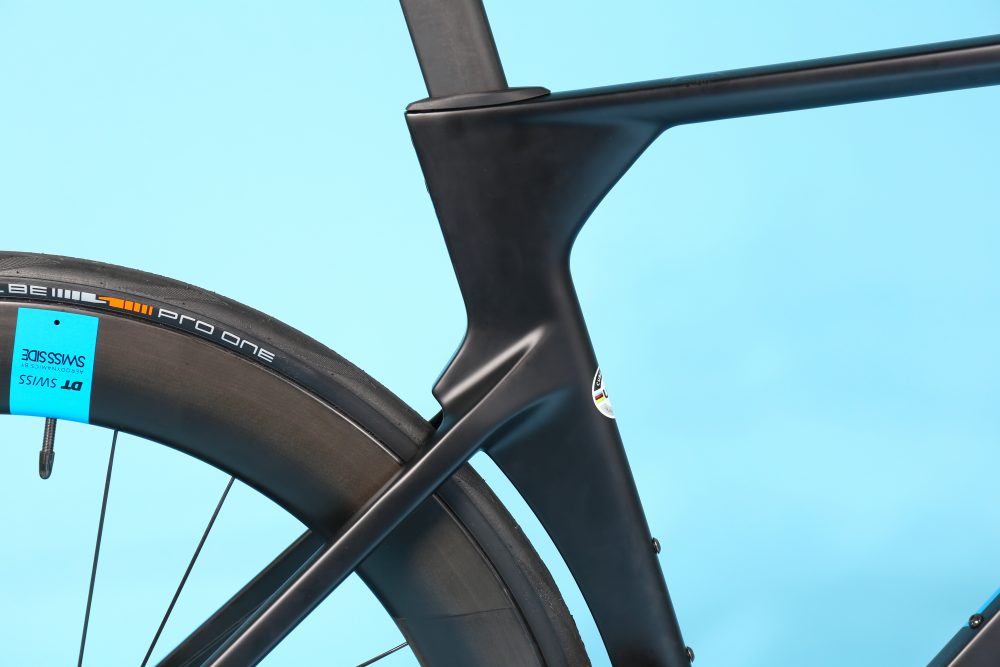
Model range and pricing
For 2020 Cube will sell the Litening C:68X in four specs and six sizes between 50cm and 60cm. Bikes of different sizes will come with four different cockpit geometries between 90x400mm stem/bar and 120x440mm, although Cube says that it will look to extend the range of bar options dependent on demand. If the supplied bar/stem doesn’t suit you, it says that dealers will be able to swap out for one of the other sizes.
Top of the range, the SLT will come with SRAM Red eTap AXS and DT Swiss ARC 1100 Dicut 62 wheels with ceramic bearings. It’s priced at £7499.
The SL comes with Shimano Dura-Ace Di2 and DT Swiss ARC 1400 Dicut 62 wheels for £6499.
The Race spec comes with SRAM Force eTap AXS and Cube’s own Newmen Advanced SLR 38 wheels and is priced at £4499.
Finally, the Pro has Ultegra Di2 with Newmen Evolution SLR 32 wheels and is priced at £3999.

Thank you for reading 20 articles this month* Join now for unlimited access
Enjoy your first month for just £1 / $1 / €1
*Read 5 free articles per month without a subscription

Join now for unlimited access
Try first month for just £1 / $1 / €1
Get The Leadout Newsletter
The latest race content, interviews, features, reviews and expert buying guides, direct to your inbox!
Paul started writing for Cycling Weekly in 2015, covering cycling tech, new bikes and product testing. Since then, he’s reviewed hundreds of bikes and thousands of other pieces of cycling equipment for the magazine and the Cycling Weekly website.
He’s been cycling for a lot longer than that though and his travels by bike have taken him all around Europe and to California. He’s been riding gravel since before gravel bikes existed too, riding a cyclocross bike through the Chilterns and along the South Downs.
-
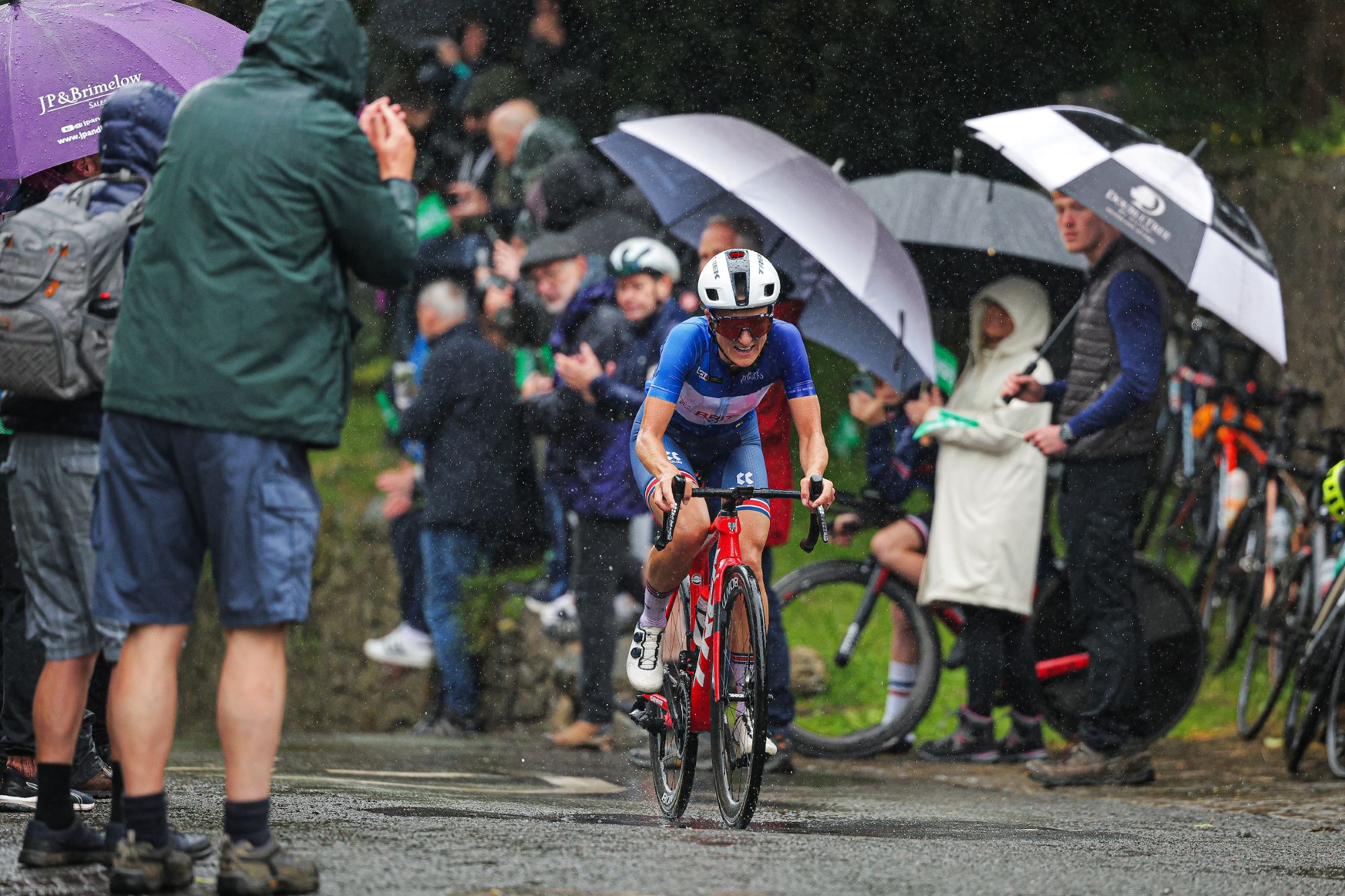 FDJ-Suez, SD Worx-Protime, Lidl-Trek confirmed for Tour of Britain Women as strong list of teams announced
FDJ-Suez, SD Worx-Protime, Lidl-Trek confirmed for Tour of Britain Women as strong list of teams announced18 teams set to take part in four-day WorldTour stage race
By Tom Thewlis Published
-
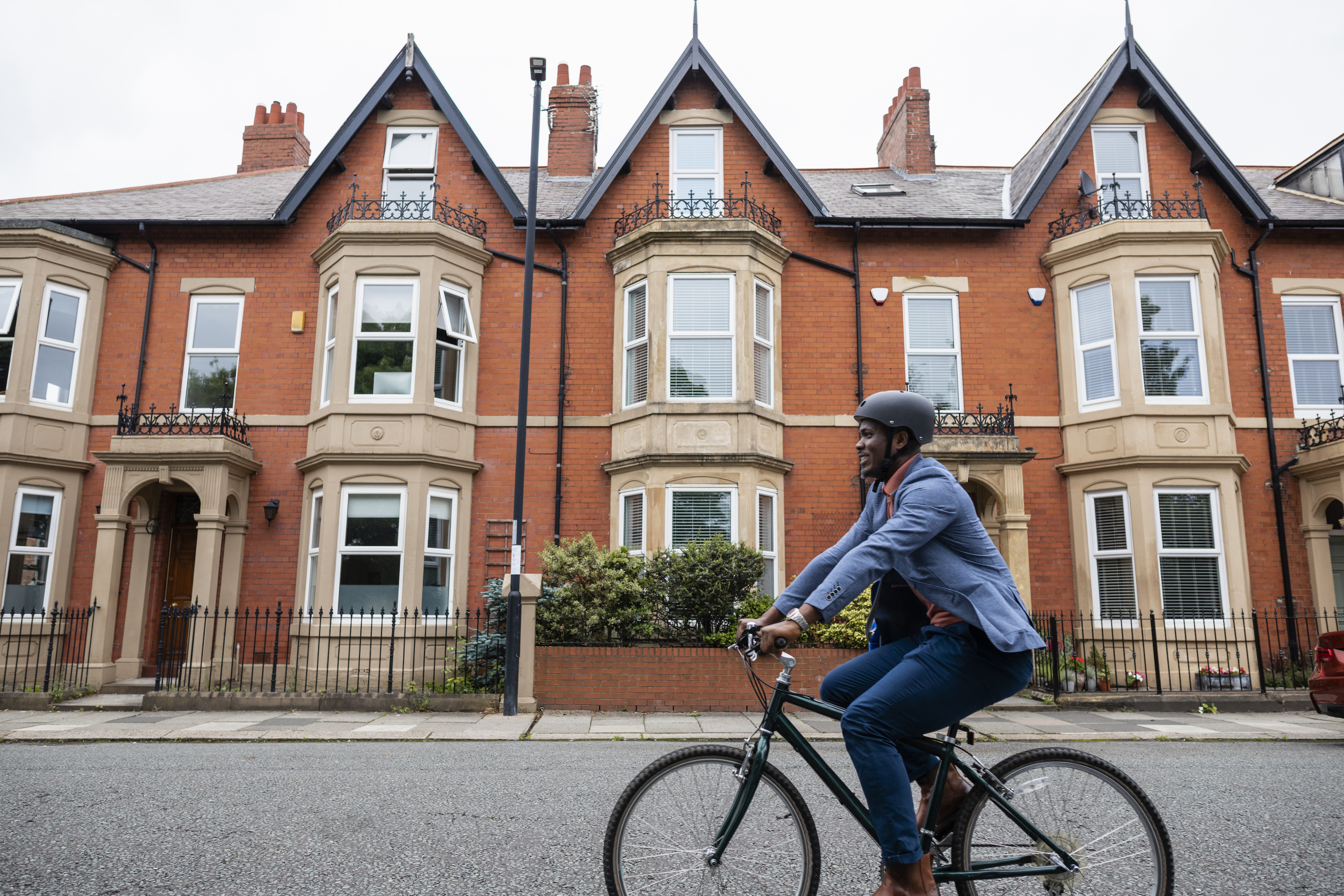 Cyclists could face life sentences for killing pedestrians if new law passed in England and Wales
Cyclists could face life sentences for killing pedestrians if new law passed in England and WalesReckless cycling currently carries a maximum two-year jail term
By Tom Thewlis Published
-
 UK government 'recognises concerns' but ignores calls for Tour de France to remain on free-to-air television
UK government 'recognises concerns' but ignores calls for Tour de France to remain on free-to-air televisionA petition which sought to change the way the Tour de France was categorised by the government in order to keep it free to watch from 2026 has been responded to
By Adam Becket Published